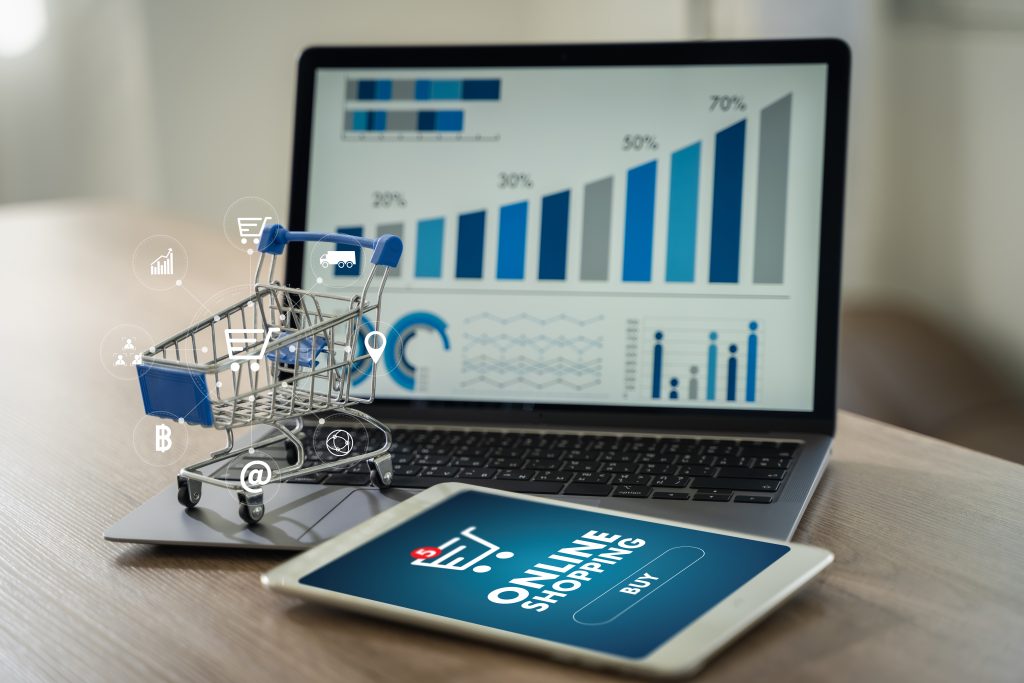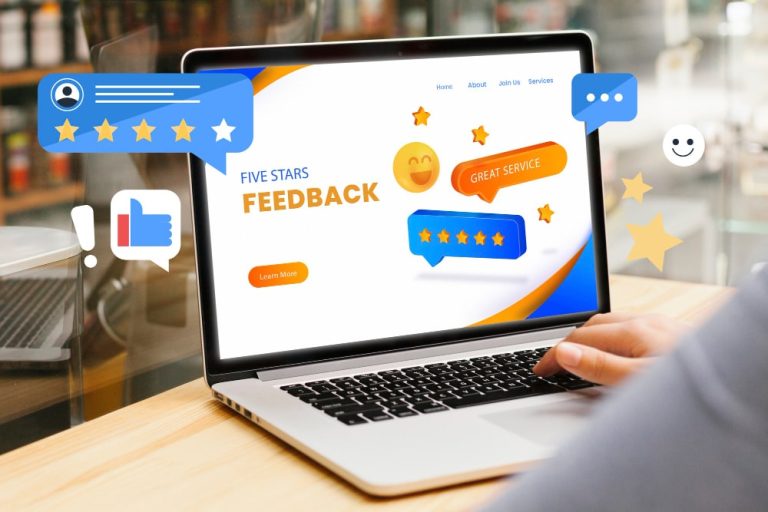Success in ecommerce goes beyond having a great product or website; it comes from understanding customer behavior. Ecommerce Consumer Psychology Statistics provide valuable insights into why shoppers make decisions. Consumer behavior today is driven by factors like personalization, AI-powered recommendations, social proof, and frictionless checkout experiences. Businesses that understand these psychological trends are more likely to turn browsers into loyal buyers. Whether you run a Shopify store, manage a WooCommerce setup, or lead a SaaS team, these insights can give you a competitive edge.
At its core, ecommerce consumer psychology is the study of how online shoppers think, feel, and make purchase decisions. It covers areas like perception, motivation, attitude, decision-making patterns, trust, and even post-purchase satisfaction.
This isn’t just useful for marketers—it’s critical for:
-
Product teams designing user experiences that reduce friction
-
Digital marketers crafting persuasive email campaigns or ad funnels
-
Founders and strategists deciding what features or benefits to emphasize
-
UX/UI designers working on landing pages, CTAs, and cart flows
-
WooCommerce and Shopify store owners optimizing their checkout flows and customer retention strategies
Here’s a quick overview of the most compelling trends backed by fresh statistics this year:
Table of contents
ToggleLatest Ecommerce Consumer Psychology Trends in 2025
Here’s a quick overview of the most compelling trends backed by fresh statistics this year:
1. Personalization Isn’t a Luxury
83% of online consumers expect personalized experiences. Whether it’s dynamic pricing based on browsing behavior, tailored product recommendations, or personalized email campaigns, consumers expect their shopping experience to be unique to them. Generic, one-size-fits-all approaches simply no longer cut it.
Personalization boosts engagement by making customers feel recognized and understood. When shoppers are presented with relevant products or content that match their preferences, they’re more likely to purchase—and more likely to return.
Leverage AI and machine learning to enhance product recommendations and email automation. Tools that track customer behavior and purchase history can help create highly personalized shopping experiences.
2. Speed Still Wins
60% of cart abandonments can be traced back to slow-loading pages or cumbersome, multi-step checkouts. With attention spans now averaging less than 8 seconds, ecommerce businesses simply cannot afford to have slow-loading sites. If a page takes too long to load or if the checkout process feels overly complex, customers are gone before they even reach the cart.
Slow sites create a frustrating experience that can drive potential buyers away, impacting both sales and SEO. Speed and smooth functionality are crucial to maintaining user engagement and increasing conversions.
Focus on optimizing your website’s speed by using lazy loading, compressing images, and ensuring fast hosting. An optimized checkout process with minimal steps is key to reducing abandonment rates.
3. Trust is the Currency of Conversion
71% of shoppers say they won’t purchase from an ecommerce site if it looks untrustworthy, even if the price is right. This includes signs like outdated designs, missing HTTPS security, or the absence of trust badges and customer reviews. Trust is a foundational element of ecommerce success—without it, customers won’t feel comfortable enough to complete a purchase.
Trustworthy websites lead to increased conversions, repeat business, and customer loyalty. It’s critical to establish your ecommerce store as credible and secure from the get-go.
Add trust badges, SSL certificates, and prominently display customer reviews. Modern, clean design and transparent policies also go a long way in building trust with consumers.
4. Social Proof is Driving Micro-Decisions
92% of consumers check reviews before making a purchase, and star ratings below 4.0 can lead to a 22% drop in conversion rates. Today’s shoppers look to social proof as a way to gauge the quality of a product or service before making a commitment. Positive reviews, testimonials, and social media mentions help establish credibility and influence purchase decisions.
Social proof plays a major role in shaping consumer trust. Buyers are much more likely to purchase if they see others have had positive experiences with the product.
Actively gather customer reviews and display them prominently on product pages. Encourage users to leave reviews by offering incentives, such as discounts or loyalty points.
5. AI and Chatbots Influence Purchase Timing
Shoppers are 32% more likely to complete a purchase when assisted by an AI-powered assistant or chatbot. Chatbots can engage visitors in real-time, offering assistance, answering questions, and even suggesting products based on previous interactions. This not only enhances the customer experience but also nudges potential buyers down the sales funnel.
AI and chatbots streamline the buying process, ensuring that customers get the help they need at the right time. They can help overcome common objections or doubts that might otherwise lead to cart abandonment.
Integrate an AI chatbot into your site to handle customer inquiries quickly. Use the bot to recommend products, assist with returns, or guide users through the checkout process.
Pros of Using Ecommerce Psychology Data
-
Sharper Customer Targeting: By understanding buyer motivations and behavior, you can segment your audience more effectively for personalized campaigns and remarketing efforts.
-
Higher Conversion Rates: Understanding consumer psychology allows you to streamline your sales funnel, reducing friction and guiding customers smoothly to purchase.
-
Smarter UX Decisions: Insights into emotional and logical buying triggers help design user experiences that appeal to customers’ motivations and lead to higher satisfaction and sales.
Cons of Relying Too Heavily on Psychology Stats
-
Overgeneralization Risk: While consumer psychology data can offer valuable insights, it’s essential to remember that not all customers will fit neatly into predefined patterns. Context, cultural influences, and niche preferences still play a role.
-
Tool Overload: There are countless tools and analytics platforms available, but collecting too much data without a clear strategy can overwhelm your team, leading to confusion and inefficiency.
Pricing and Access
Most consumer psychology tools and insights are available through platforms like Hotjar, Crazy Egg, Google Analytics 4, or advanced CRM systems. These tools provide valuable data like heatmaps, session recordings, user surveys, and advanced segmentation. Some tools offer free basic plans with limited features, while others like Optimizely, FullStory, or Dynamic Yield are premium solutions with pricing typically ranging from $29 to $299+ per month, depending on features and scale.
For ecommerce stores, there are also plenty of behavioral tracking apps available via app marketplaces, with pricing ranging from free to hundreds of dollars per month.
Choosing the Right Psychology Tools for Your Ecommerce Store
When selecting tools, focus on the features that best align with your goals. If you’re aiming to improve personalization, look for AI-driven recommendations and review collection tools. For optimizing speed and conversions, invest in heatmaps, session recordings, and performance tools. Use these insights as a guide to make smarter decisions, rather than relying on guesswork.
In 2025, the brands that listen to customer behavior every click, scroll, and abandonment—are the ones that will stay ahead in the competitive ecommerce landscape. Let your customers’ psychology guide your decisions, and the growth will follow naturally.
Interesting Reads:
Top Methods to Backup WordPress Site in 2025





